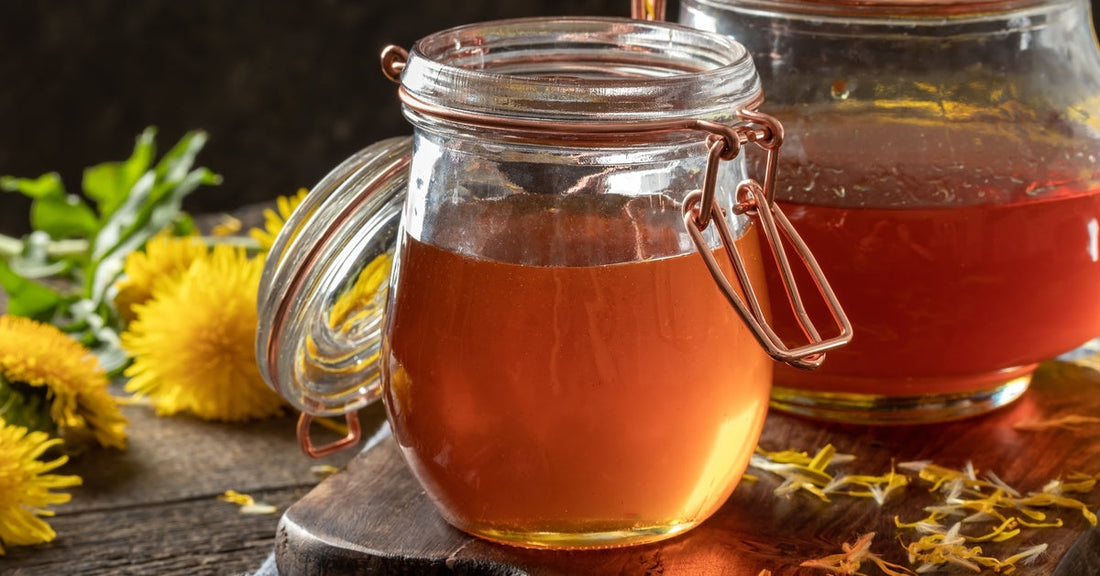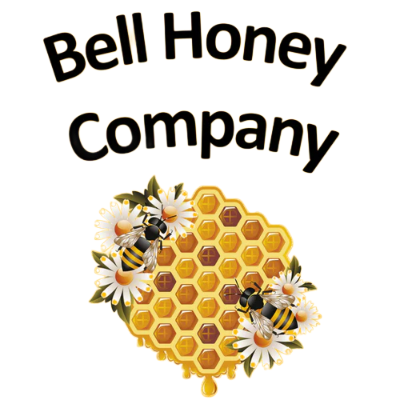
9 Key Differences Between Raw and Organic Honey
Share
People have been cherishing honey for centuries, not only for its delicious sweetness but also for its myriad of health benefits. However, as honey lovers become more selective and informed, terms such as “raw honey” and “organic honey” have sparked curiosity. What sets these two types of honey apart?
While they may look similar at first glance, a bit of knowledge and a trained eye can uncover the nuances that make them unique. Here are nine key differences between raw and organic honey that are worth exploring, from their production processes to their health and environmental impacts.
Appearance
Raw and organic honey might look indistinguishable to the average consumer at first glance. However, their appearance can vary depending on filtration, processing, and other factors.
Raw honey retains more of its natural elements because it undergoes minimal processing. Often, minimal processing results in a cloudier or creamier texture, with occasional specks of pollen or tiny wax fragments showcasing its unfiltered nature.
While organic varieties may still have a rich, golden hue, they might lack the raw, unrefined texture you’d find in true raw honey.
Use of Pesticides
One of the most significant distinctions lies in how people manage the bees and their environment. Organic honey strictly adheres to guidelines that ban the use of pesticides on the flowers used during the honey production process.
Beekeepers must place their hives far from areas where pesticides or harsh chemicals could contaminate the nectar to meet organic certification standards. This standard includes maintaining a safe distance from golf courses, farms with non-organic crops, and residential areas using pesticides.
While some apiarists craft their raw honey with care, raw honey does not inherently require these pesticide-free guidelines unless it is also organic.
Environmental Impact

Both raw and organic honey can support environmentally responsible practices, but organic honey tends to have a more pronounced eco-friendly appeal.
Obtaining organic certification often involves implementing practices that reduce pesticide and chemical usage, which can support local ecosystems and promote healthier environments for bees to thrive. While raw honey can still align with sustainable practices, the stringent requirements for organic certification amplify its environmentally conscious reputation.
Heat Treatment
One of the most defining features of raw honey is its complete lack of heat treatment. Raw honey skips the pasteurization process entirely, unlike regular honey, allowing it to preserve all its natural enzymes, vitamins, antioxidants, and minerals. This preservation makes raw honey a popular choice for those seeking a pure, unaltered product with its natural benefits fully intact.
Organic honey, while produced using environmentally sustainable practices, may still undergo heat treatment as part of its processing. The heat can reduce some of the beneficial properties found in honey.
Amount of Nutrients
One of the critical advantages of raw honey is the wealth of nutrients it retains. Because raw honey skips heat treatment, it preserves its original concentration of enzymes, vitamins, minerals, and antioxidants, all of which contribute to its nutritional value. These nutrients enhance raw honey’s flavor and texture and provide potential health benefits, such as boosting immunity, improving digestion, and promoting overall well-being.
Organic honey, while often nutrient-dense, can lose some of these valuable components if it undergoes heat treatment. This difference makes raw honey a popular option for those who prioritize nutrient content in their honey.
Levels of Antioxidants
Antioxidants are another one of those key differences between raw and organic honey. Since raw honey undergoes minimal processing, it typically retains a higher concentration of these health-boosting compounds. Antioxidants are crucial for protecting your body by neutralizing free radicals, which can contribute to aging, inflammation, and various illnesses, such as heart disease and cancer.
Often, raw honey contains more antioxidants, such as flavonoids and phenolic acids, which are beneficial for overall health and well-being. While organic honey may also provide a decent number of antioxidants, they can diminish if the honey undergoes additional processing or heat exposure. Raw honey often comes out ahead for those focused on reaping maximum health benefits.
Presence of Pollen
Raw honey’s unfiltered nature means it is likely to contain natural pollen particles. Pollen doesn’t just add a slightly earthy flavor; it’s also thought to bring additional health benefits, such as aiding with seasonal allergies or supporting the immune system.
However, organic honey often goes through a filtration process to meet cosmetic and safety standards, which can remove pollen. Raw honey offers a more unrefined, direct-from-the-hive experience if you’re looking for a touch of nature’s purity.
Health Benefits
Often, raw honey is thought of as the healthier option between the two. The lack of processing means raw honey maintains its live enzymes, antioxidants, and nutrients in its most potent form. These properties make raw honey a favorite for people seeking natural remedies, whether it’s soothing a sore throat, boosting energy, or enhancing skin health.
Organic honey also offers health benefits, especially given its pesticide-free guarantee, but any additional processing may reduce its overall nutritional punch.

Supporting Local Beekeepers
Raw honey has a certain charm that connects consumers directly to their local communities. Since many local beekeepers and small businesses sell it directly to buyers, purchasing raw honey helps support sustainable, small-scale honey production.
Bell Honey takes pride in offering high-quality raw honey that brings you closer to the source. You’ll know you’re supporting hardworking beekeepers while savoring a premium product, whether you enjoy a classic jar or one of our delicious flavored honey sticks.
Locally available organic honey is more likely to pass through additional processing chains, which can distance it from its original source.
Choose High-Quality Raw Honey
Choosing between raw and organic honey often comes down to personal preference. However, raw honey is an unbeatable choice for those who want a full-bodied, nutrient-rich, and unprocessed experience.
Bell Honey proudly offers exceptional raw honey products that capture the essence of nature in every jar. Our raw honey delivers flavor and goodness, from enhancing your morning toast to sweetening a hot cup of tea. Plus, raw honey is full of natural enzymes, antioxidants, and nutrients to support your health while satisfying your sweet tooth.
